Exothermic
Exothermic
Ein Verständnis von Exothermic in Steel Production
Das Wort "exothermic" kommt aus der Chemie und bezieht sich auf Reaktionen, die Wärme freisetzen. In der Stahlproduktion bezieht sich der Begriff "exothermic" speziell auf den Prozess im Hochofen, bei dem Eisen-Erze mit Kohle in Gegenwart hohen Temperaturen und Sauerstoff vermischt werden. Dieser Prozess führt zur Ausstoßung von Wärme, was das Kennzeichen einer exothermen Reaktion ist.
Die Rolle von Exothermic in der Stahlproduktion
Die Erzeugung von Wärme, oder das exotherme Element, spielt eine entscheidende Rolle in der Stahlproduktion. Es ermöglicht den Transformation von Eisen-Erze in flüssigen Stahl. Ohne die exotherme Natur dieser Reaktion wäre die Stahlproduktion in ihrer derzeitigen Form und Effizienz nicht möglich. Es ist die Wärme, die sich aus dieser exothermen Reaktion ergibt, die den Schmelzprozess ermöglicht und gleichzeitig die Energiekosten minimiert.
Anwendung von Exothermic im Stahlhandel
Im Stahlhandel dient das Verständnis von exothermen Prozessen dazu, die Qualität des Stahls zu beurteilen. Denn die Menge an Wärme, die während der Stahlproduktion freigesetzt wird, kann auf den Kohlenstoffgehalt und damit auf die Härte und Zähigkeit des erzeugten Stahls hinweisen. Daher ist die Kenntnis über exotherme Prozesse auch für den Stahlhandel von entscheidender Bedeutung.
Zusammenfassung
Zusammenfassend ist "exothermic" ein wesentlicher Aspekt bei der Produktion und Handel von Stahl. In der Stahlproduktion ermöglicht es die Umwandlung von Eisen-Erze in nützlichen Stahl. Im Handel hilft es dabei, die Charakteristiken und Eigenschaften des produzierten Stahls zu bestimmen und zu bewerten. Das Verständnis für exotherme Reaktionen ist daher für jeden unverzichtbar, der in der Stahlindustrie arbeitet.
Blog Posts with the term: Exothermic
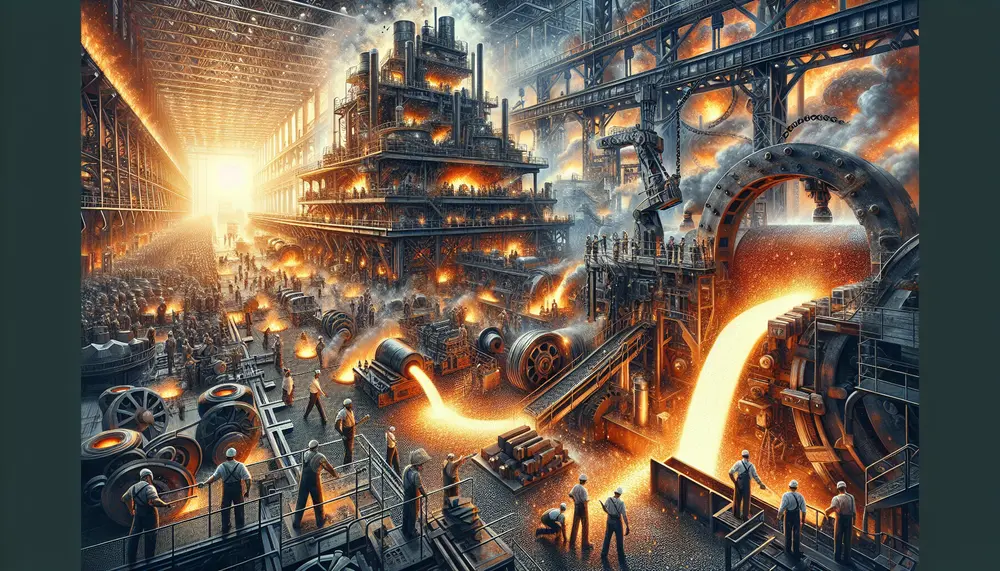
Steel making involves complex chemical reactions to transform raw materials into high-quality steel, primarily through oxidation and reduction processes. Oxygen plays a crucial role in oxidizing impurities like carbon, silicon, manganese, and phosphorus, which are then removed as gases or...
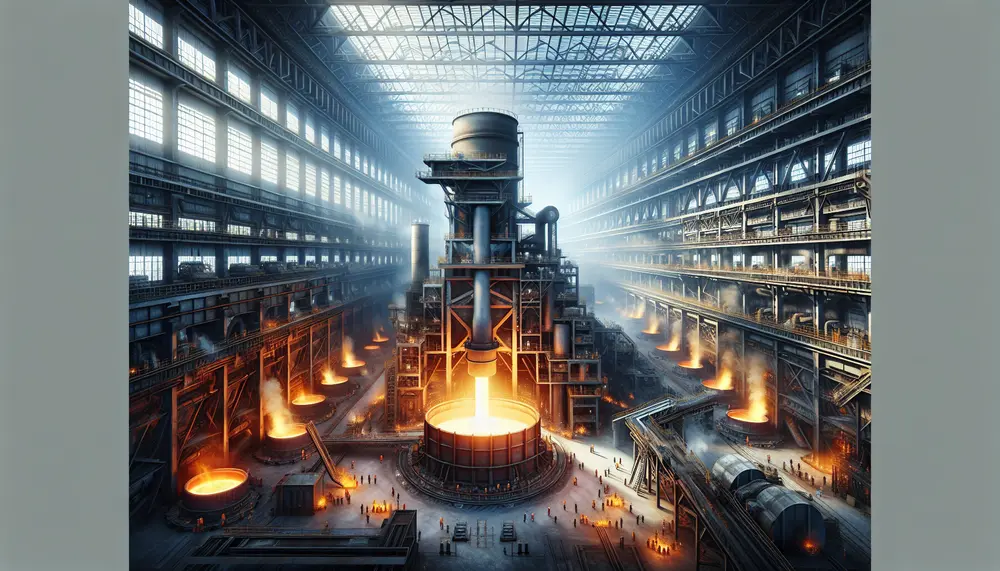
The article traces the history of steelmaking from early iron discoveries around 2,500 BCE to advanced techniques like Chinese cast iron production and Indian Wootz steel. It highlights key innovations such as smelting, forging by the Chalybes, and global influences...
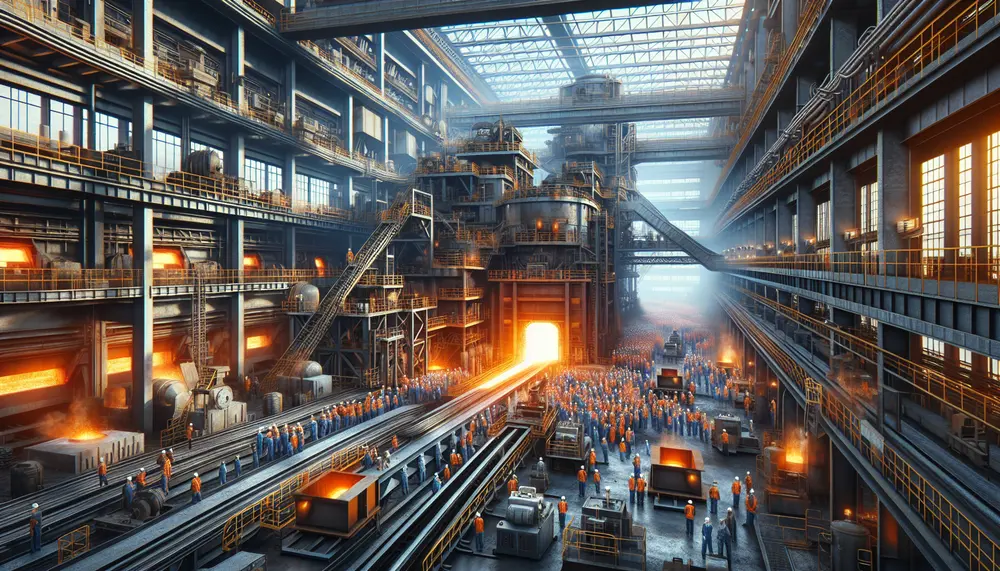
The article provides a detailed overview of the steelmaking process, starting from raw material extraction to final product creation. It emphasizes the importance of understanding each stage and the key materials involved—iron ore, coal, limestone, and scrap metal—to produce high-quality...
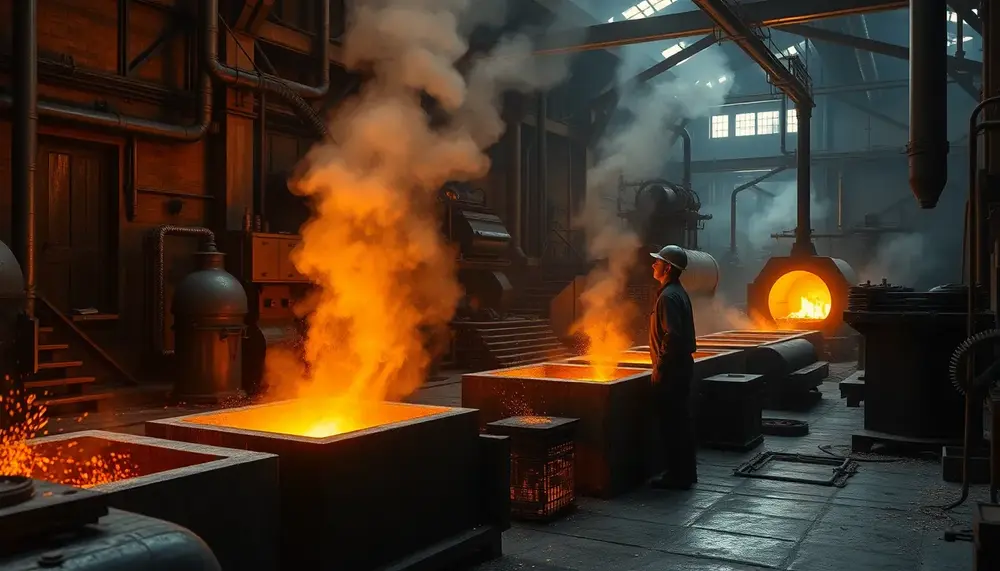
Henry Bessemer revolutionized steel production in the 19th century with his innovative process, enabling mass production of stronger, affordable steel and fueling industrial growth. By efficiently removing impurities through oxygen blasts, his method drastically reduced costs and transformed steel into...
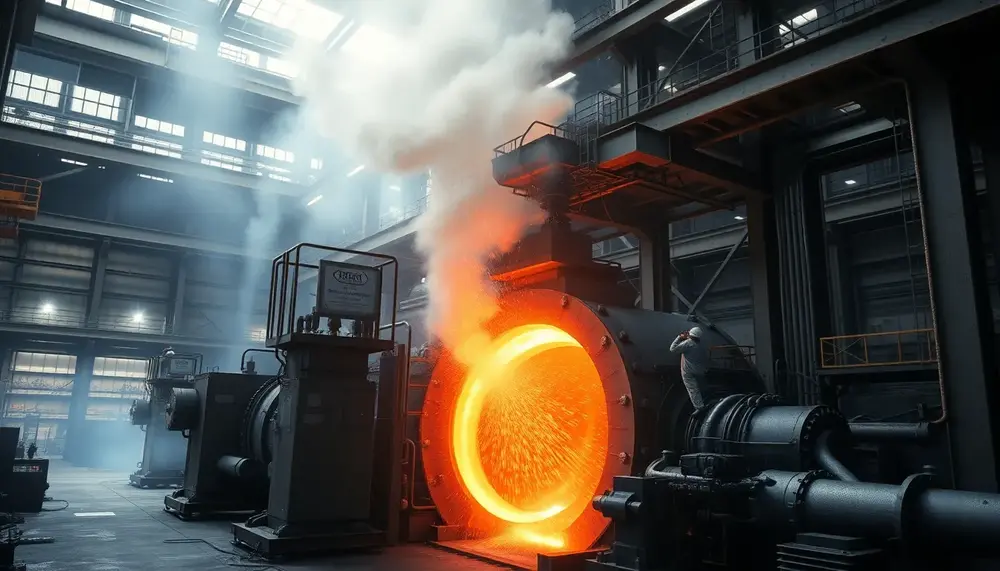
The steel making converter process is crucial for transforming raw materials into high-quality steel, accounting for 70% of global production through efficient and sustainable methods involving oxygen blowing to remove impurities....
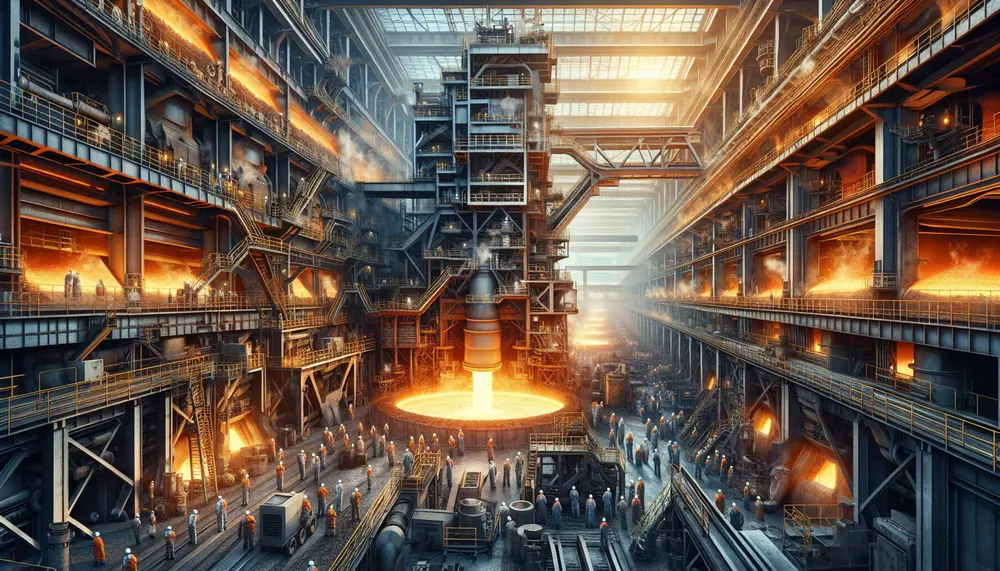
The oxygen steelmaking process revolutionized the industry by efficiently producing high-quality steel through pure oxygen blowing, significantly reducing production time and costs. Key components include a converter, an oxygen lance for impurity removal, refractory lining protection, and slag formation to...
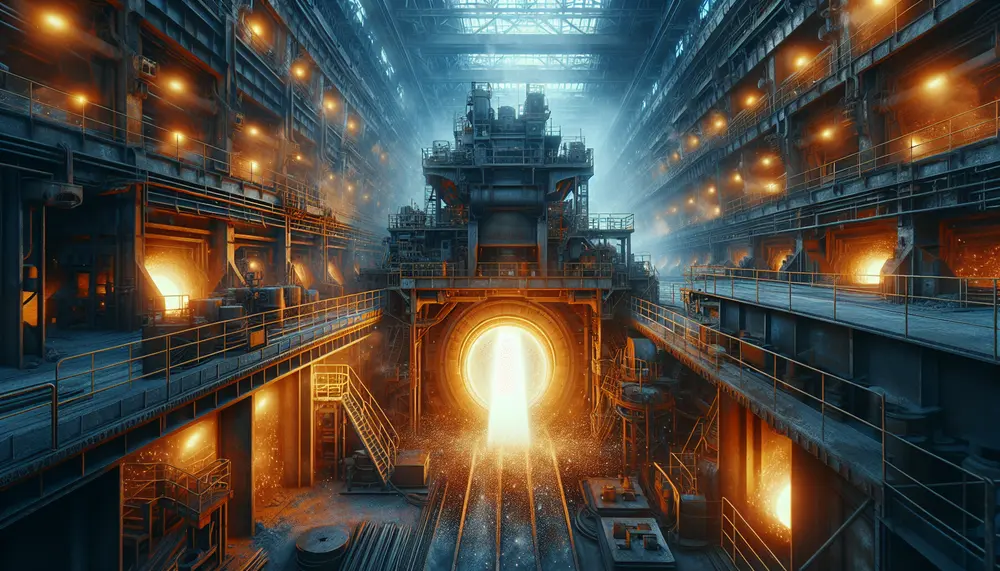
Oxygen plays a crucial role in steelmaking by reacting with carbon to reduce its content, thus transforming pig iron into high-quality steel and removing impurities like sulfur and phosphorus. The Basic Oxygen Steelmaking (BOS) process uses oxygen to accelerate reactions,...
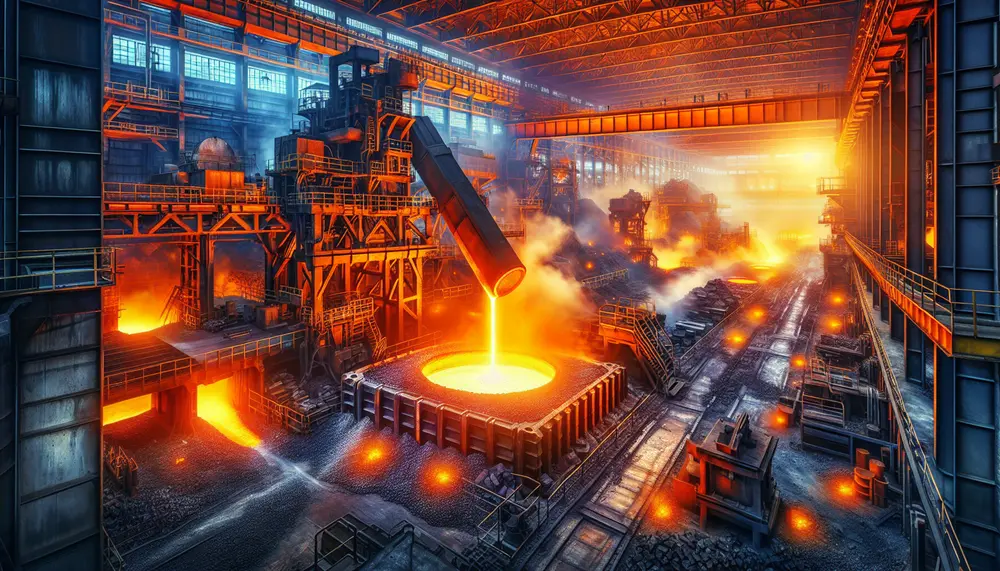
Heat is essential in steelmaking, driving chemical reactions and refining processes in methods like Basic Oxygen Furnaces (BOF) and Electric Arc Furnaces (EAF), with innovations focusing on energy efficiency and sustainability through advanced heat management techniques....
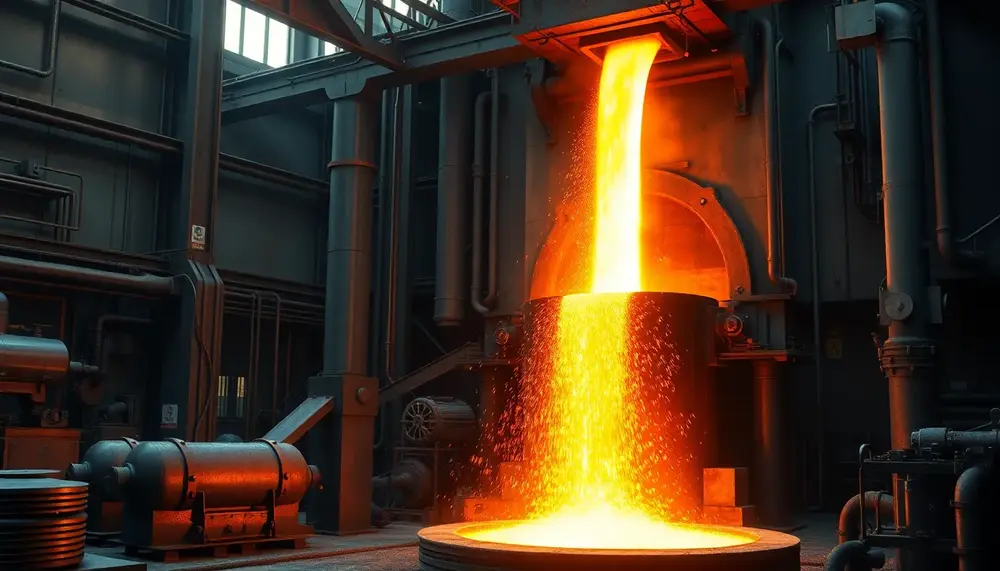
IspatGuru is a comprehensive resource for understanding steelmaking, offering insights into foundational concepts, advanced technologies like BOF and EAF processes, and sustainability. It bridges theory with practical applications while addressing modern challenges such as efficiency, environmental impact, and innovation in...
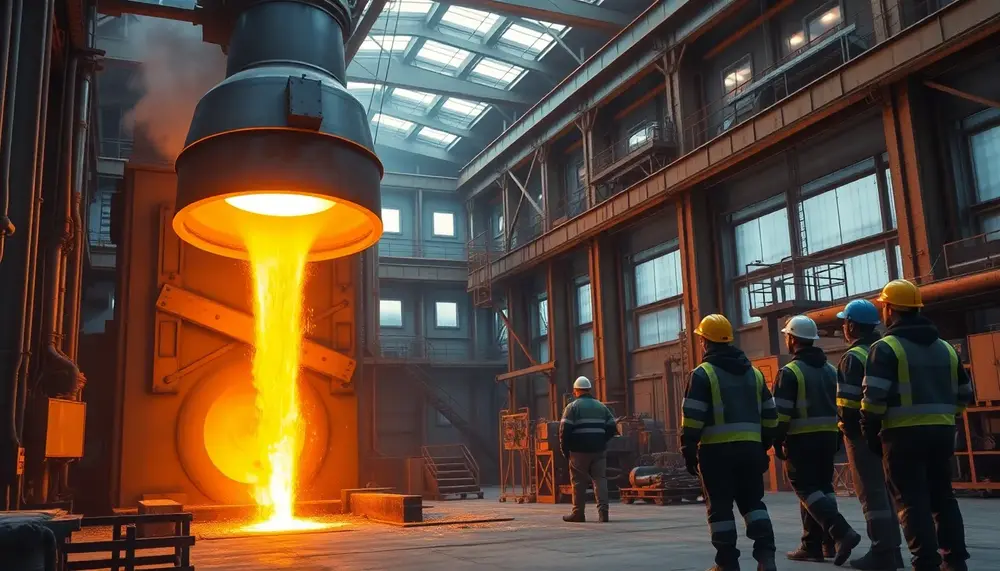
Modern steel production faces challenges like volatile raw material prices, strict environmental standards, and the need for flexible processes; the Conarc process addresses these by combining BOF and EAF technologies to maximize efficiency, adaptability, and product quality....
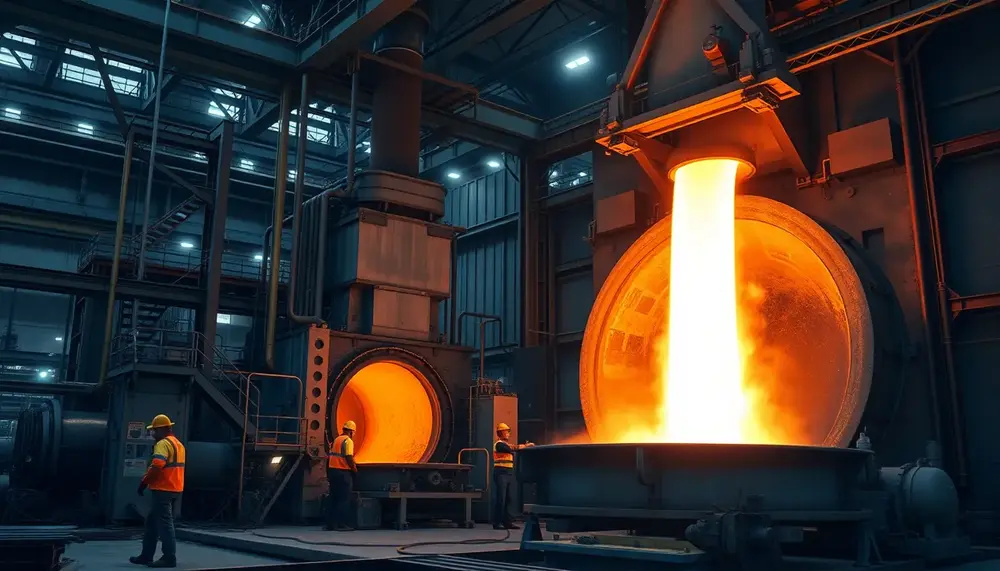
Converters are the core of modern steelmaking, rapidly transforming raw iron into high-quality steel through precise oxygen blowing and advanced process control. Their evolution—from Bessemer’s air-blown vessel to today’s digitally monitored systems—enables flexible, efficient production that meets diverse industrial demands....
